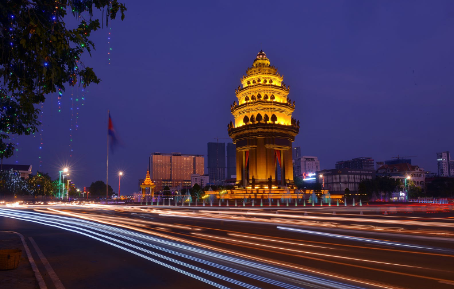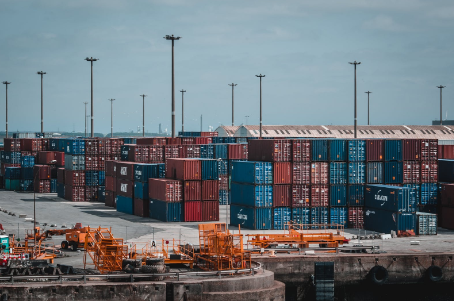Interview: RCEP becoming key booster for regional, global growth in post-pandemic era: Cambodian academic
Entered into force on Jan. 1, 2022, the RCEP comprises 15 Asia-Pacific countries including 10 ASEAN member states -- Brunei, Cambodia, Indonesia, Laos, Malaysia, Myanmar, the Philippines, Singapore, Thailand and Vietnam-and their five trading partners, namely China, Japan, South Korea, Australia and New Zealand.
The pact will eliminate as much as 90 percent of the tariffs on goods traded among its signatories over the next 20 years.
Joseph Matthews, a senior professor at the BELTEI International University in Phnom Penh, said the world's largest free trade agreement has been giving a big boost to regional and global economic recovery in the post-pandemic era.
"This mega-free trade agreement holds huge potential for all participating countries to boost their trade and investment ties and to quicken their economic recovery from the COVID-19 pandemic," he told Xinhua.
He said under the RCEP, all member countries will reap long-term benefits by integrating further into regional and global supply chains and creating new jobs for their respective peoples.
"The RCEP will further intensify the facilitation of cross-border trade and investment flows," Matthews said. "It will create huge opportunities for countries such as Cambodia, Laos, Myanmar, Vietnam and Malaysia, among others to market their products and commodities in such a huge market with a combined population of 2.2 billion."
He said the RCEP has given Cambodia bigger market access for its potential products and will play a key role in attracting more foreign investors, especially Chinese ones, to the kingdom.
"It has provided mutually beneficial and win-win cooperation for all member countries," he said. "It has not only promoted the regional economic integration, but also underscored the firm commitment of all member countries towards multilateralism."
Matthews added that the trade pact has also played an important role in narrowing the development gap between developed and developing countries.
"In the RCEP, China is a huge market for all participating countries and China has also played a crucial role in converting the Asian economy into a core economic polar and in promoting multilateralism against the backdrop of unilateralism and protectionism," he said.
The RCEP established a market of 2.2 billion people or 30 percent of the world population with a combined gross domestic product (GDP) of 26.2 trillion U.S. dollars, which represents around 30 percent of global GDP and 28 percent of global trade.
According to an Asian Development Bank's study, the RCEP is expected to increase the member economies' incomes by 0.6 percent by 2030, adding 245 billion U.S. dollars annually to regional income and 2.8 million jobs to regional employment.





















































First, please LoginComment After ~